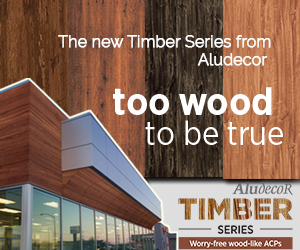Sustainable buildings or green buildings give a new meaning to human beings being more eco-friendly and environmentally responsible. It concerns a building or structure that involves resource-efficient methods in its construction, operations, design plans and maintenance. While in most construction methods, cost, performance and aesthetics are given extreme importance, green buildings also ensure that these traditional methods correlate with environmental and health impacts. Known as Environmentally-preferable products or EPPs, these are defined as “a lesser or reduced effect on human health and the environment when compared to competing products that serve the same purpose.”
Rating Systems for Green Buildings
The U.S. Green Building Council’s LEED rating system plays a significant role in determining the sustainability and environment-friendly performance of buildings while also promoting construction products and methodologies which are environmentally superior.
Attributes of Green Construction Materials
The green products which are to promote environmental sustainability and green performance of buildings must have certain “green” (and clean) attributes. For example, they always promote good air quality within the structure – mostly by reducing formaldehyde or VOC emissions. They must also show low maintenance properties as well as reliable durability. Sometimes green products are high on post-consumer or post-recycled industrial content. After all, upcycling is not only the latest trend but also a green virtue! Upcycled construction items from demolished buildings make constructions be proud bearers of salvaged eco-friendly materials.
Reads also: Aludecor Systems – The Pioneer of Heat Insulation and Green Building Practices
Next, green construction materials mostly use renewable resources or natural ingredients. They also require extremely low embodied energy – thus saving a ton of resources in the production and transportation phases. Green building or construction materials would never contain Ozone-depleting substances like HCFCs or CFCs. The by-products of green building materials never involve any toxic wastes, and the materials itself also guarantee zero toxic compounds in their manufacturing processes. To save resources on transportation phases, often green building materials would be sourced locally from artisans and local manufacturers.
When it comes to involving natural resources like wood or other bio-based products, green building materials are simply sourced through sustainable harvesting practices. The materials can be readily recycled, and are generally biodegradable. To make it all very simple, green building materials can use post-industrial fly ash in its concrete mix and thrive on painting the interiors with low VOC emitting paints. In all the instances of determining the best green building materials, concerning health and environmental impacts of each material is kept in mind. Besides, systems like LEED and BREEAM (Building Research Establishment Environmental Assessment Method) are stringently used to determine the legitimacy of green material attributes for the available products in the market.



